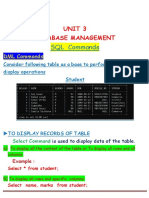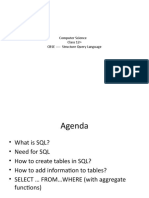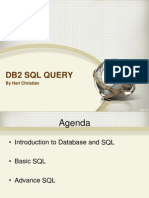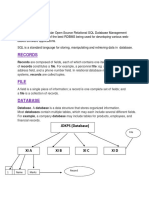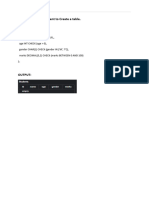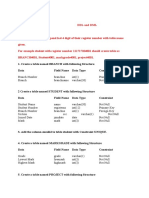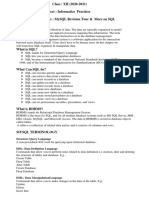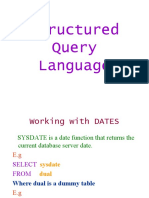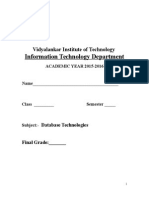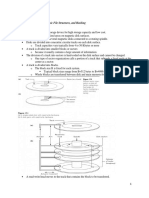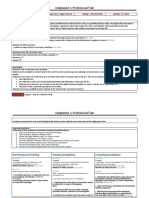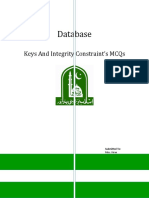0% found this document useful (0 votes)
44 views6 pagesSQL Crash Course For Class 12 CBSE
my sql imp note
Uploaded by
sharmadipesh071Copyright
© © All Rights Reserved
We take content rights seriously. If you suspect this is your content, claim it here.
Available Formats
Download as PDF, TXT or read online on Scribd
0% found this document useful (0 votes)
44 views6 pagesSQL Crash Course For Class 12 CBSE
my sql imp note
Uploaded by
sharmadipesh071Copyright
© © All Rights Reserved
We take content rights seriously. If you suspect this is your content, claim it here.
Available Formats
Download as PDF, TXT or read online on Scribd
/ 6
